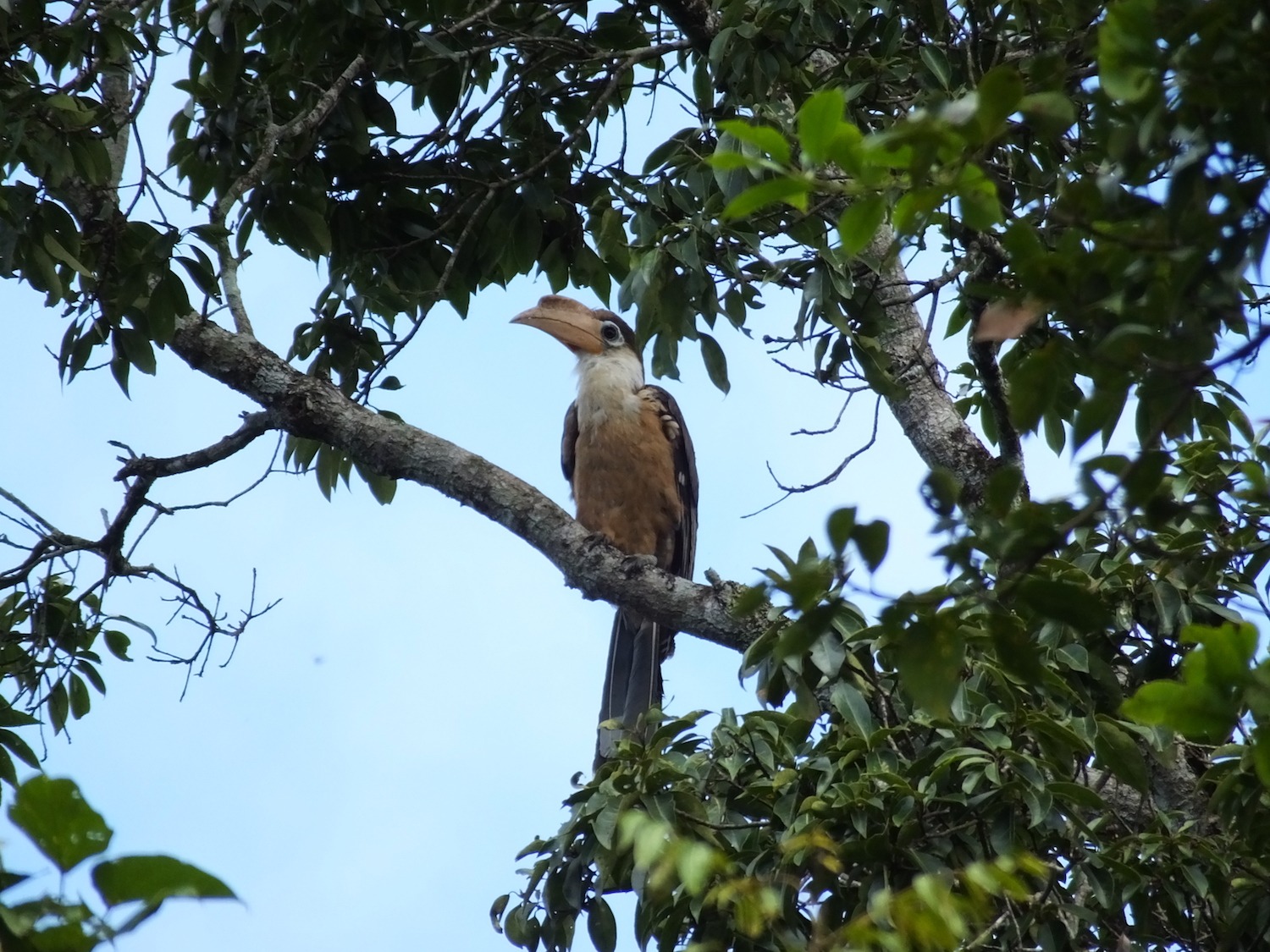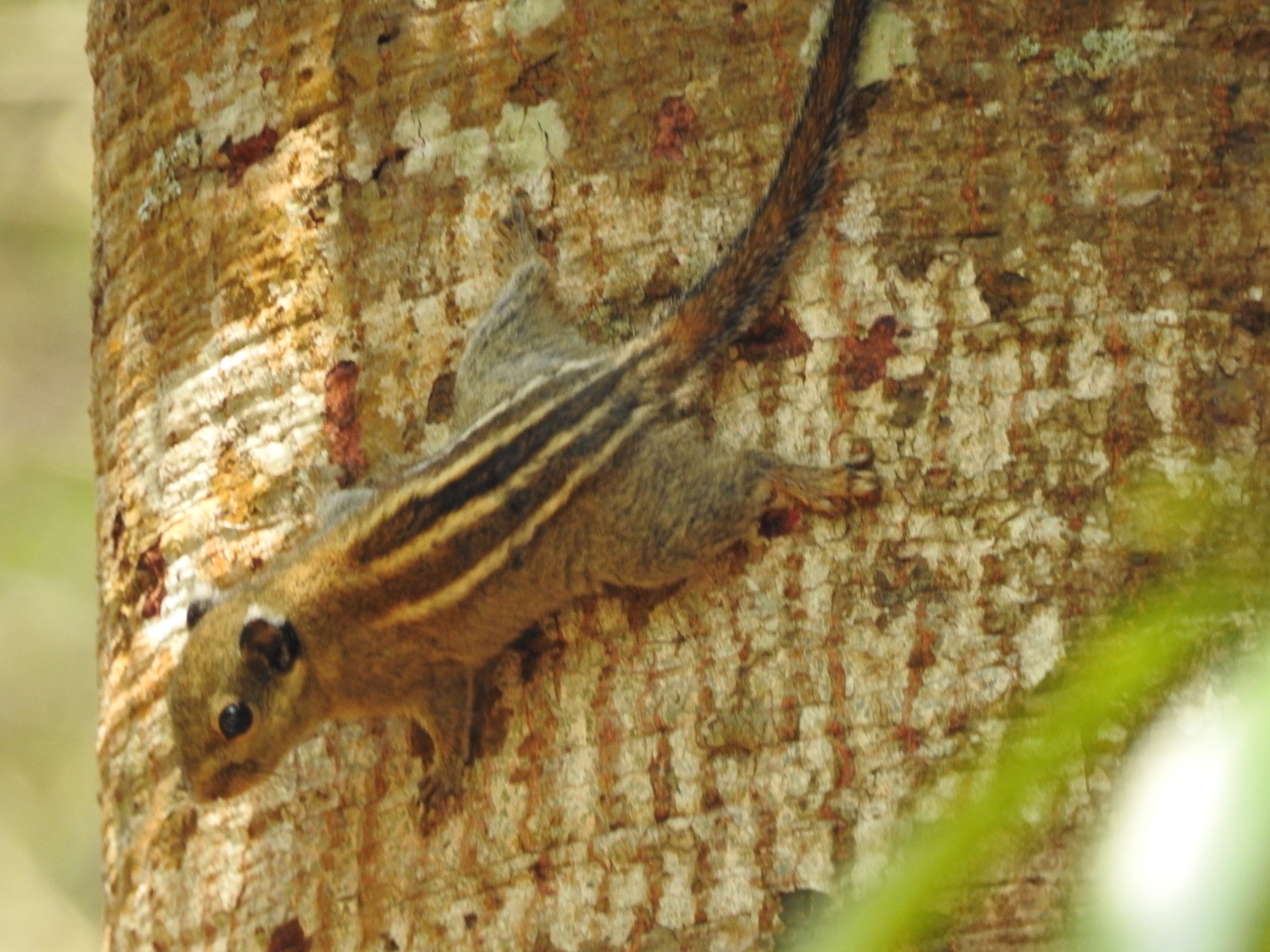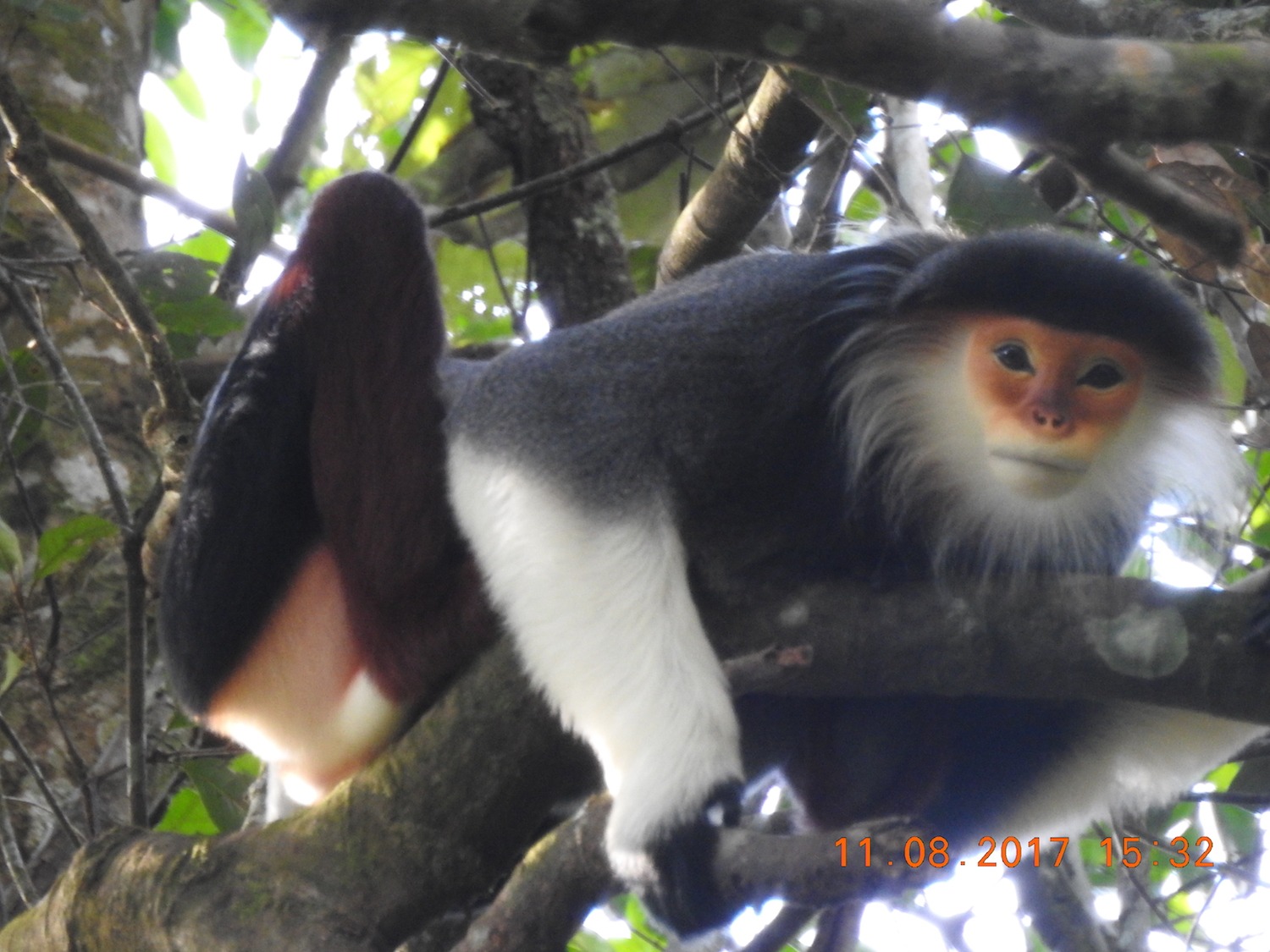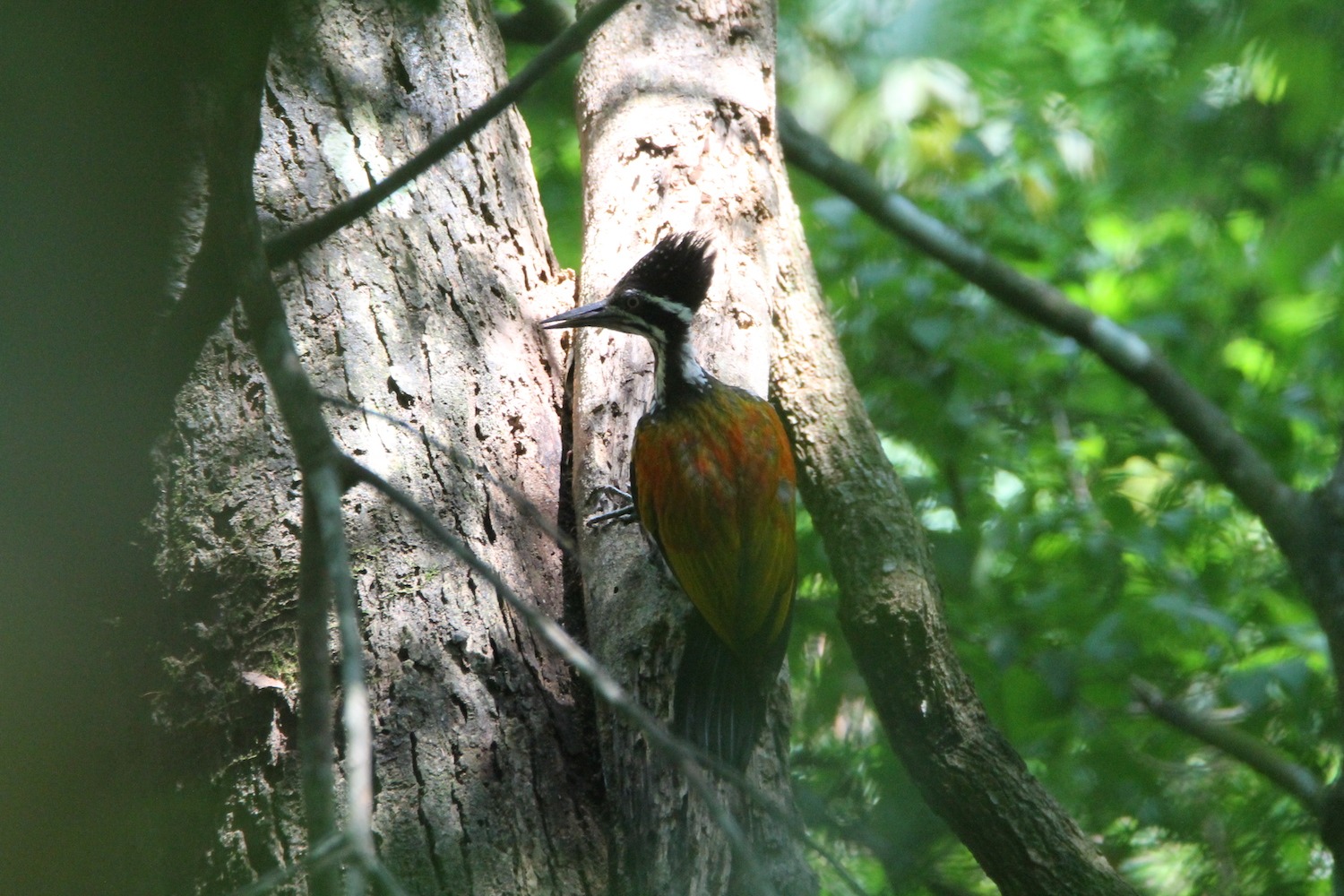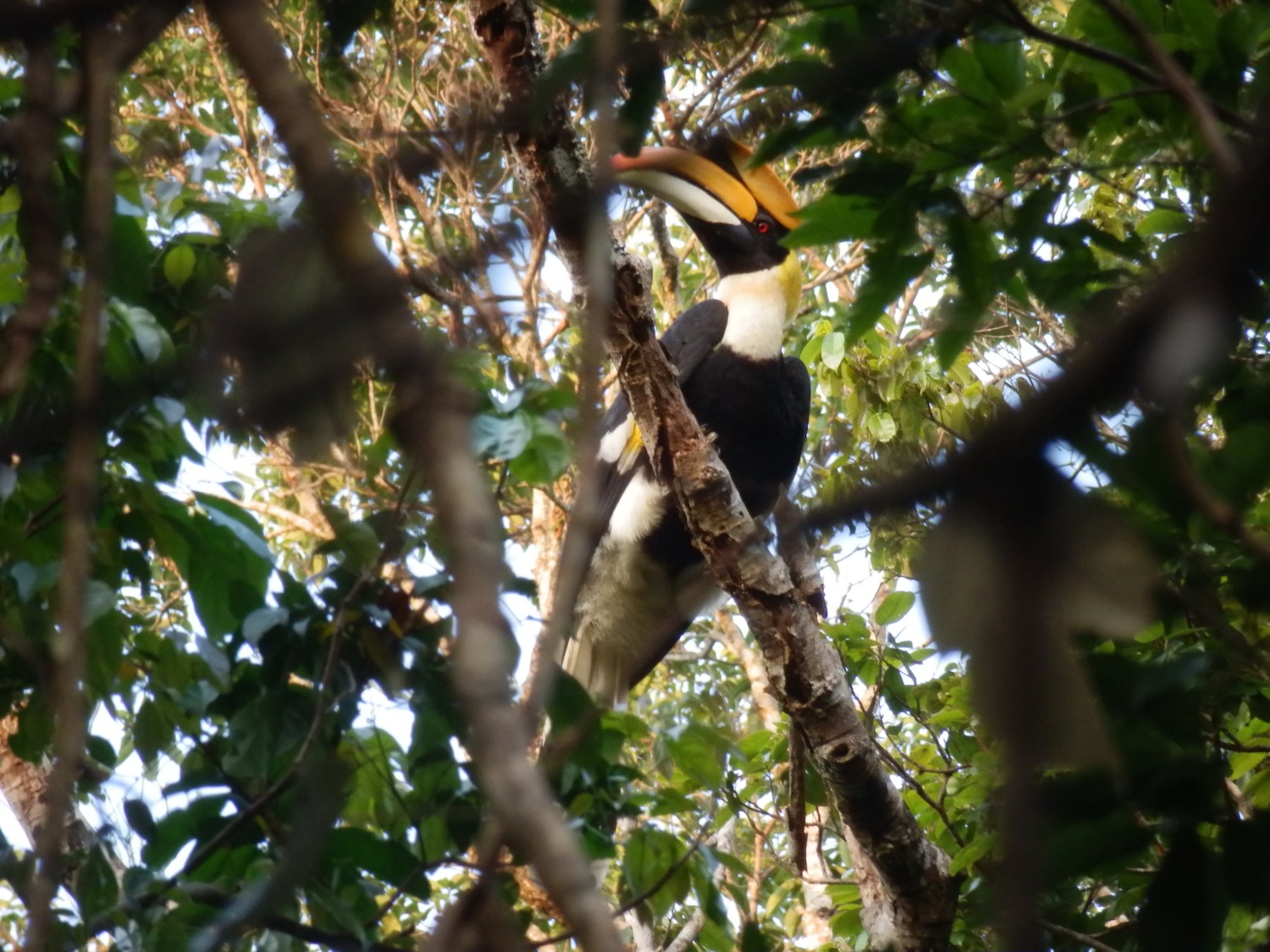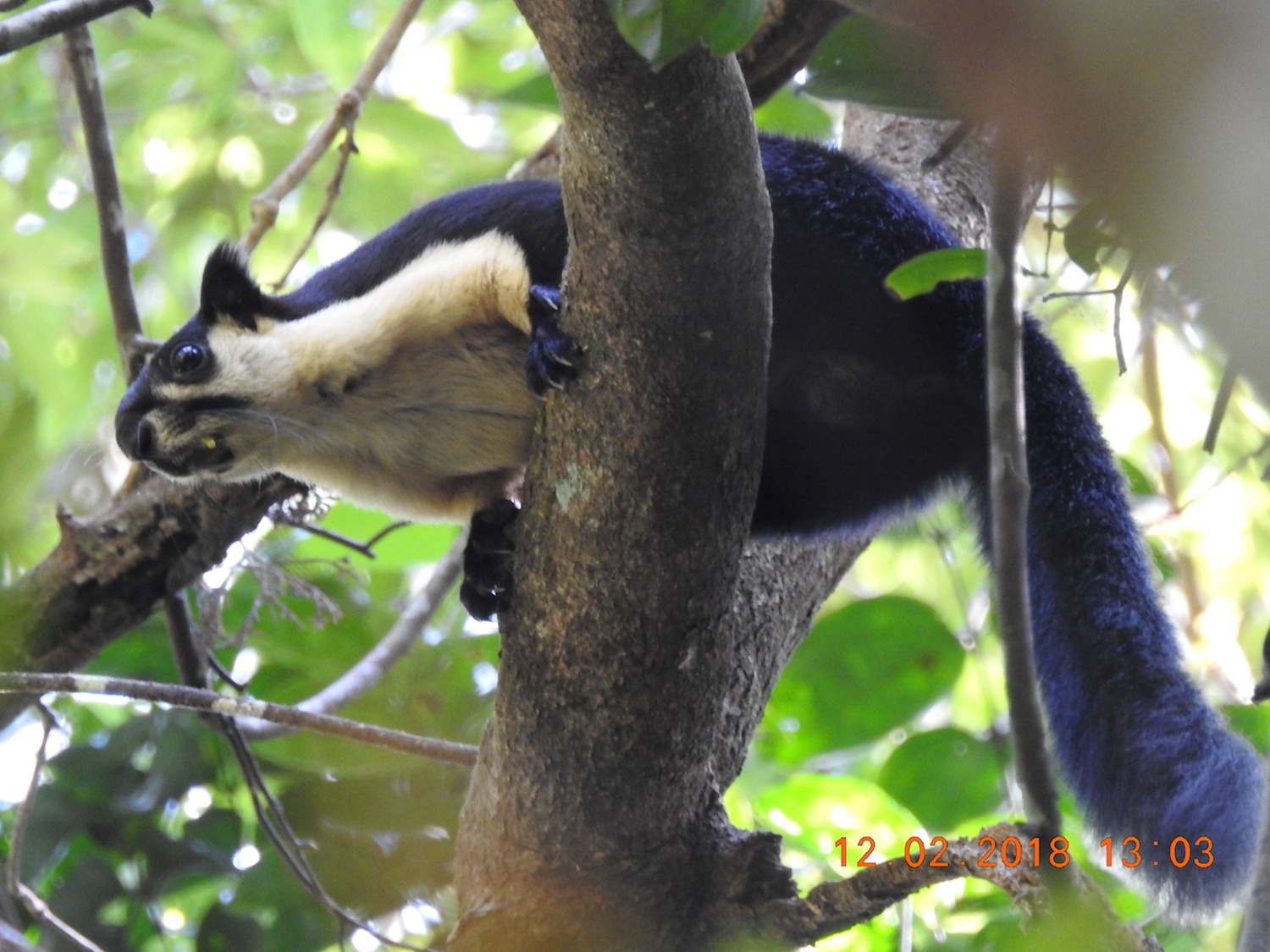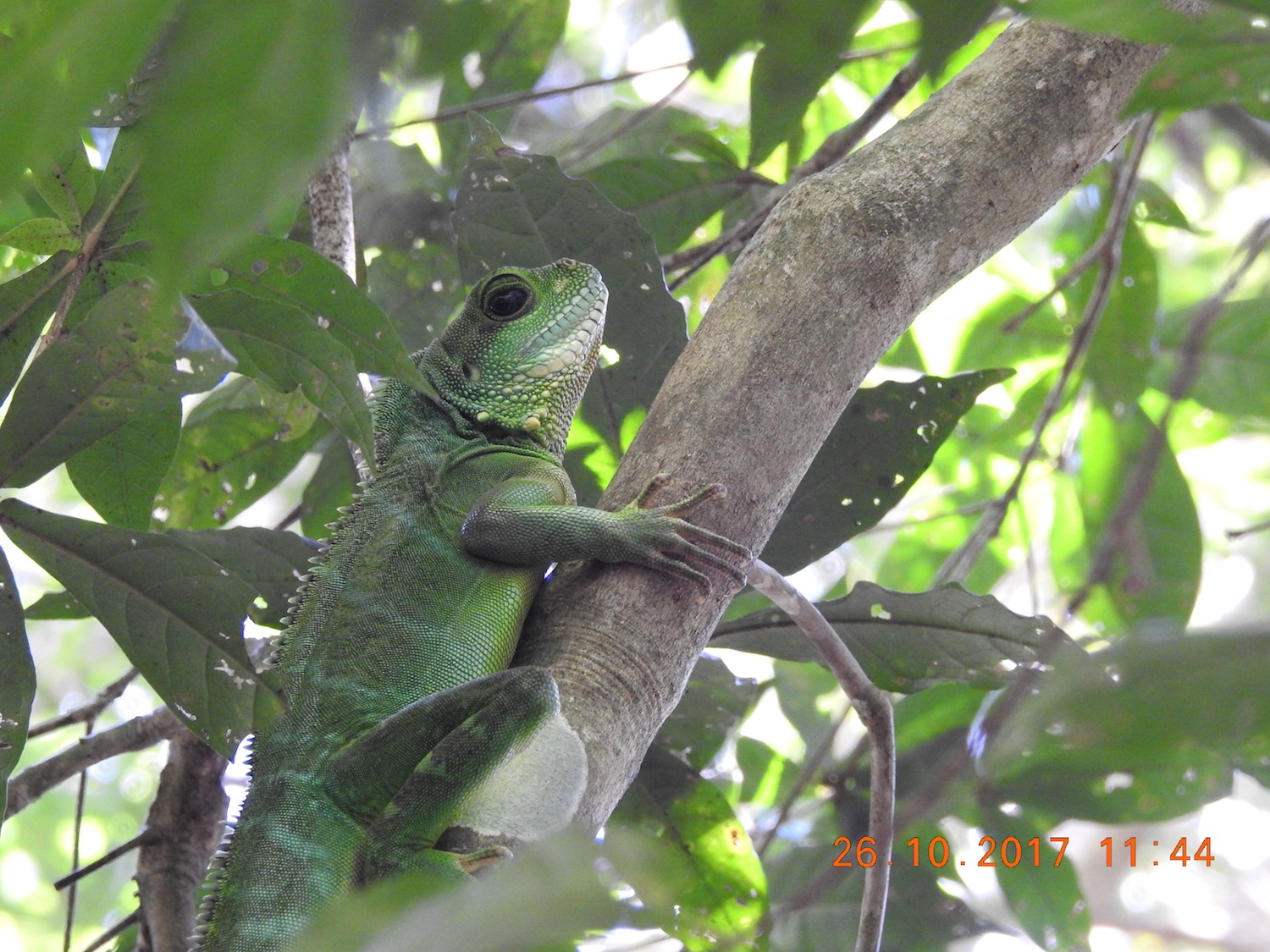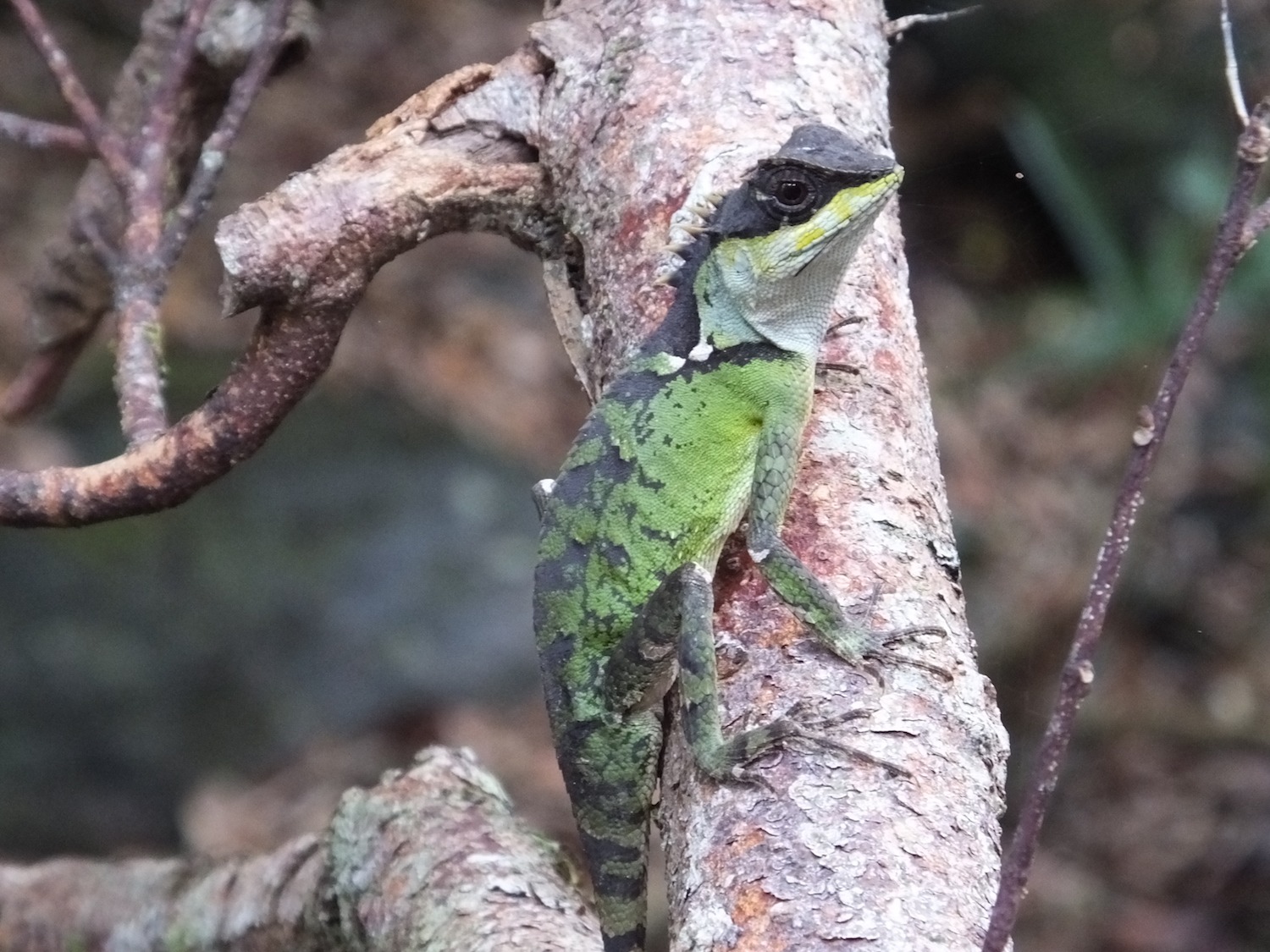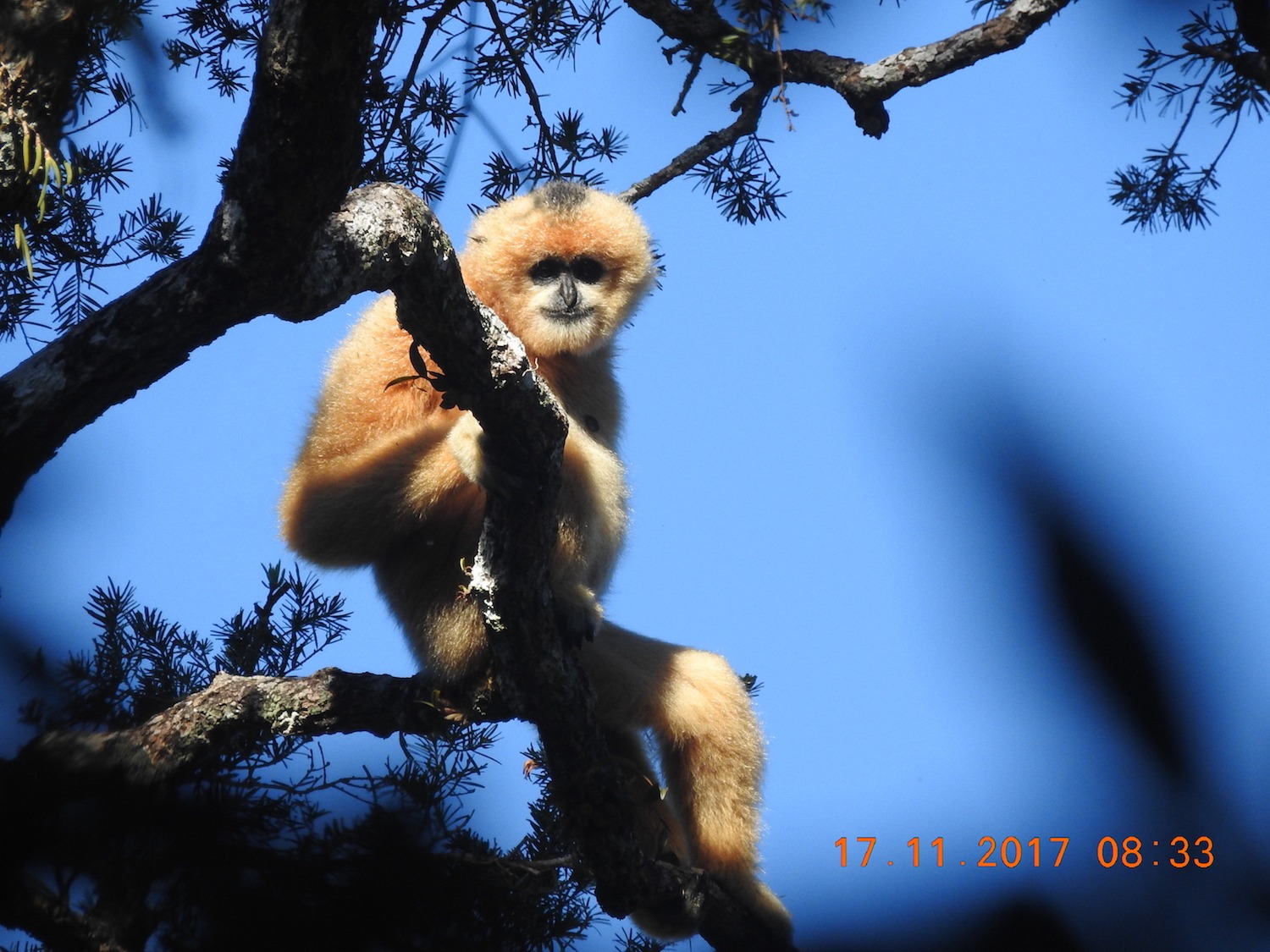Laos
Lao People’s Democratic Republic (Lao PDR or Laos) is a landlocked country of 236,800 km² located in the Indochinese peninsula. Laos has a population of 6,256,197 and a population density of 26 inhabitants per km², the lowest of its neighbouring countries, though its growth rate of 2.2 % is one of the highest in Southeast Asia.
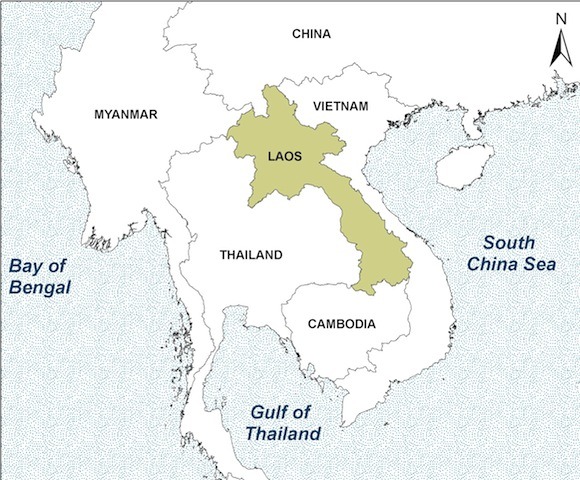
Natural History
The first explorations of the forests of Laos date back from the French colonization (1887? 1953; Stuart-Fox, 1995) (e.g. Thomas, 1927; 1929; Osgood, 1932; Delacour, 1940; Bourret, 1942; 1944; Sayer, 1983). Some other anecdotal remarks on flora and fauna of Laos can be found in narratives of hunters or explorers traveling through the regions (e.g. Garnier, 1869; 1885; Bassenne, 1912; Legendre, 1936; Cheminaud, 1939; 1942; Fraisse, 1955). Some other studies following this period are Deuve (1972) and Chazée (1990). Some of these accounts however encompass various errors regarding distribution and identification of species (Duckworth, 2008).
General wildlife surveys resumed throughout the country in the 1990s (reviewed in Duckworth et al., 1999) when the protected area system establishment process started. These surveys allowed setting base for major conservation programs that are nowadays implemented. The few and incomplete historical surveys led to discovery and rediscovery in the 1990s of along with the description of new species of reptiles, amphibians and fish several small and large mammals in Laos. These include Endangered kha?nyou (Laonastes aenigmamus), a rodent identified as a surviving member of the family Diatomyidae previously thought to have gone extinct about 11 million years ago (Dawson et al., 2006; Jenkins et al., 2005); Critically Endangered saola (Pseudoryx nghetinhensis), an antelope-like bovid discovered in 1993 in Laos (Schaller and Rabinowitz 1995) following its description in Vietnam in 1992 (Stone, 1992; Dung et al., 1993), endemic to the Annamite mountain range;
Endangered large?antlered muntjac (Muntiacus vuquangensis) discovered in Laos in 1994 following its description in Vietnam (Duckworth et al., 1994; Evans and Timmins, 1995; Tuoc et al., 1994); Data Deficient Annamite muntjac (M. truongsonensis), endemic to Laos and Vietnam, first discovered in Vietnam (Giao et al., 1998) and later discovered in Laos with camera?trap images (Timmins et al. 2008); Data Deficient Annamite striped?rabbit (Nesolagus timminsi) discovered in Vietnam and Laos in the 1990s (Surridge et al. 1999, Averianov et al. 2000), which remains little known. In 2009, a rare new bird species was described, Least Concern bare?faced Bulbul (Pycnonotus hualon) inhabiting limestone habitats of Laos (Woxvold et al., 2009).
Numerous species of global, regional or national significance occur in Laos. Over 60 Globally Threatened animal species occur in Laos (Duckworth et al., 1999) including, to name a few, several wild cat species (Vulnerable marbled cat [Pardofelis marmorata], Vulnerable clouded leopard [Pardofelis nebulosa], Near Threatened Asiatic golden cat [Catopuma temmincki], Near Threatened leopard [Panthera pardus], Endangered fishing cat [Prionailurus viverrinus] and Endangered tiger [Panthera tigris] most likely the last viable (if small) population of tigers in Laos, and one of the most important of Indochina may only be found in Nam Et-Phou Louey NPA, northern Laos; Johnson et al., 2006); Endangered Asia Elephant (Elephas maximus); Critically Endangered Siamese crocodile (Crocodylus siamensis); several primate species including six gibbon species (notably Critically Endangered black crested gibbon [Nomascus concolor] and Critically Endangered Northern white?cheeked gibbon [N. leucogenys]), Endangered red?shanked douc (Pygathrix nemaeus), 3-5 langurs, macaque and loris species; Vulnerable Asiatic black bear (Ursus thibetanus) and Vulnerable sun bear (Helarctos malayanus). Laos is also renowned for its bird species diversity with approximately 800 different species, notably the country holds populations of Endangered white?winged duck (Cairina scutulata), Near Threatened crested argus (Rheinardia ocellata), Vulnerable rufous?necked hornbill (Aceros nipalensis), Endangered green peafowl (Pavo muticus).
Of the 1140 species (excluding fish and plants) included in the last national wildlife review (Duckworth et al., 1999), 319 were of national or global conservation significance. Very few studies have specifically focused on a species; most studies have been general surveys. Taxonomy remains problematic for some groups including primates.
Laos is considered one of the most forested countries in the region compared to its with canopy density of 20% or more) was estimated at 41.5 % (9.8 million ha) in 2002 compared to 47.2% (11.2 million ha) in 1992 (Fidloczky, 2003; GoL, 2005), attributed mainly to uncontrolled pioneering shifting cultivation and logging. Forest cover since then has not been revised but it is given as 31% by the Population Reference Bureau (2011) and was predicted to be reduced to 30% by 2020 by Fidliczky (2003). Laos encompasses some ecosystems of high regional and global value including the evergreen forests of the Annamite mountain range, the central Indochina limestone karst habitat, the dry dipterocarp forests of the Mekong Plain, the Bolaven Plateau, the Northern Highlands and the Mekong River (Robichaud et al., 2001).
Flora in Laos is one of the least studied compared to its neighbouring countries. Historical studies took place in the 1800s, but virtually no further research was carried out between the 1940s and late 1980s (Inthakoun and Delang, 2008). More research started in the 1990s (reviewed in Inthakoun and Delang, 2008) many of which focused on medicinal plants and non?timber forest products. The two major and most recent checklists of the flora of Laos were published by Newman et al., (2007) and Inthakoun and Delang (2008).

